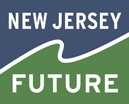Development and Redevelopment
 As the most developed state in the country, New Jersey has to pay close attention to where and how development occurs.
As the most developed state in the country, New Jersey has to pay close attention to where and how development occurs.
With limited amount of pristine land left that is appropriate for development, redevelopment in existing communities with existing infrastructure is, of necessity, going to be the dominant form of growth.
Recognizing this imperative, New Jersey adopted the first State Development and Redevelopment Plan in 1992 to help guide state and local decision-making to help the state continue to grow without jeopardizing its remaining natural resources. The plan was updated in 2001, and that version still remains in effect as the state’s guiding document for how it will grow.
- Cities and Towns
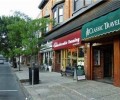
Revitalizing our urban areas through redevelopment, and enhancing our towns by preserving community character, design and historic features, and creating walkable spaces, a vibrant mix of uses and a range of housing options, will make New Jersey a truly sustainable state.
- Community Design
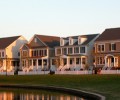
Community design focuses on the building blocks of the built environment --- the buildings, roads, sidewalks, parking lots and public spaces – and relates them to each other and the natural environment: the streams, wetlands, lakes and hills.
- Economic Development
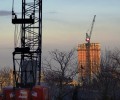
The state can play an important role in economic development by directing economic activities into places where infrastructure already exists, thereby minimizing the public subsidy necessary to support these activities and reducing the cost to businesses to build facilities, transport goods, connect with suppliers, customers and partners, and access employees.
- Housing and Equity
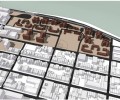
New Jersey will need to leverage market forces and public policy to create housing opportunities for lower-income households in high-opportunity places, including its revitalizing cities, and especially near transit. Simultaneously, the state’s housing and investment policies should support the strategic rebuilding of weak markets to create vibrant, mixed-income communities.
- Redevelopment
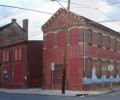
Redevelopment is reinvestment in neighborhoods and commercial areas to replace or repair previously developed buildings or plots of land that are in substandard condition or are no longer useful in their current state.
- Downtown Assunpink Creek Project
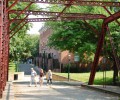
As part of our local work, New Jersey Future has partnered with the City of Trenton to advance and highlight the redevelopment around one of the city's natural and cultural assets, the Assunpink Creek in downtown Trenton.
- Creating Great Places To Age
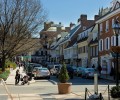
The number of New Jersey residents age 55 and older is rising. Many places in New Jersey that are home to large numbers of older people are not ready to accommodate their changing housing and mobility needs.
